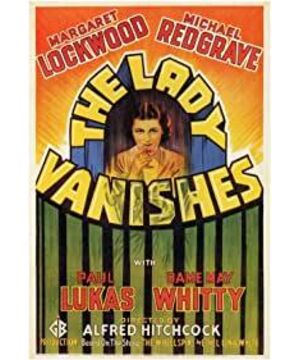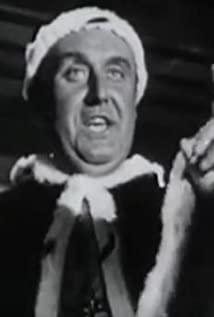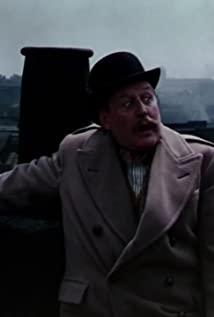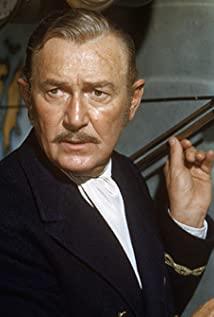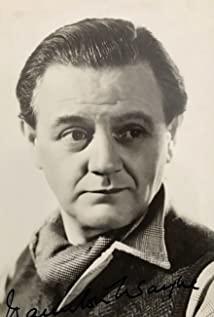The story of a carriage is used to describe how politics affects ordinary people. It is obvious that the old woman’s spy status has brought out the scheme, so that other people who are not involved in the conspiracy are also involved; the dark side is these various ordinary people. People, judges, mistresses, cricket fans... the story of the train’s "turning around" out of their own self-interests "concealing" and "falsely reporting", and almost driving the entire carriage to a dead end.
In order to keep down the suspense of the spy war, the initial foreshadowing actively emphasizes the dailyness. The most ingenious part is that the first character scene is two English gentry (mouth) men (cannon) talking about the content of the newspaper, but not at all. Mention the incident itself-it has been misleading the audience that they are discussing changes in the political situation in the UK. It was not until a phone call from London that we learned from the conversation that it was only the result of cricket. It’s funny when answering the phone, and by the way, it ridiculed the Americans’ inability to understand cricket because they don’t understand the proportions. That is to say, the cricket puzzle just revealed seems to be just an additional information thrown out inadvertently, but it makes the audience feel psychologically. "Is it because I think too much? It seems that this story has nothing to do with politics."
On the other side of the room, the heroine looks like a noble lady in her paintings, and she is indeed a new lady who is ready to marry. Of course, the translation reinforces this misleading. We will not apply the lady to the babbling kindergarten teacher, but it is okay to call her Lady, even though she is still the humble one. However, in addition to the misleading of the genre, there is a context. The optimistic, tough, and kind-hearted aristocratic spirit was passed on from the old lady to the new lady through this rescue story, and the aristocrat himself also completed his own salvation in this event. , Just look at how the passengers around them cocoon themselves.
And Hitchcock’s theory of "bomb under the desktop" has been cited countless times. In this film, "FROY" is the most disturbing bomb. The audience knows its existence but the people in the play don’t know it and wait anxiously. They found it but disappeared quickly at the moment of discovery, Xi Pang cunningly limited the scope of the explosion-only the heroine was aware of it. Of course, there are also many moments when bridge-building skills have not yet reached home. This is even more ridiculous than the crappy shootout at the end. For example, the tea bag of Harland stuck on the car window is too coincidental, and even a villain suddenly found out with conscience. Even if the motive of "the British do not kill the British" by the free rider of the comedy is not enough to remedy the bad stalk, but the gauze that casts a layer of national sentiment on the character's transition is more than the blatant "conscience discovery" design Too clever.
The train, the hotel, and the disappearance seem to be classic scenes in a grandma’s novel. The heroine was inexplicably smashed in the middle. The switch from the omniscience perspective to the semi-subjective perspective mixed with uncertain narratives was Hitchcock’s creation; The hotel’s use of space is also much better than other films modified from the novels of Granny. Like the heroine leaning on the window of the car to watch and panning to the carriage of the judge and lover, Branagh’s 2017 "Murder on the Orient Express" was even better. In use; Using German expressionism to show the picture of the guitarist being murdered under the moonlight and coins lying on the ground; Ms. Floyd marked "FROY" on the car window because the sound of the train whistle prevented the two of them from talking ; And when Gilbert and Miss Henderson were outside the patient’s room to guess the possibility of the case, the two moved closer to the camera. The picture frame and the long and narrow carriageway framed their faces on four sides. , And this is when they are closest to the truth... They are all about a director's capturing power.
View more about The Lady Vanishes reviews


